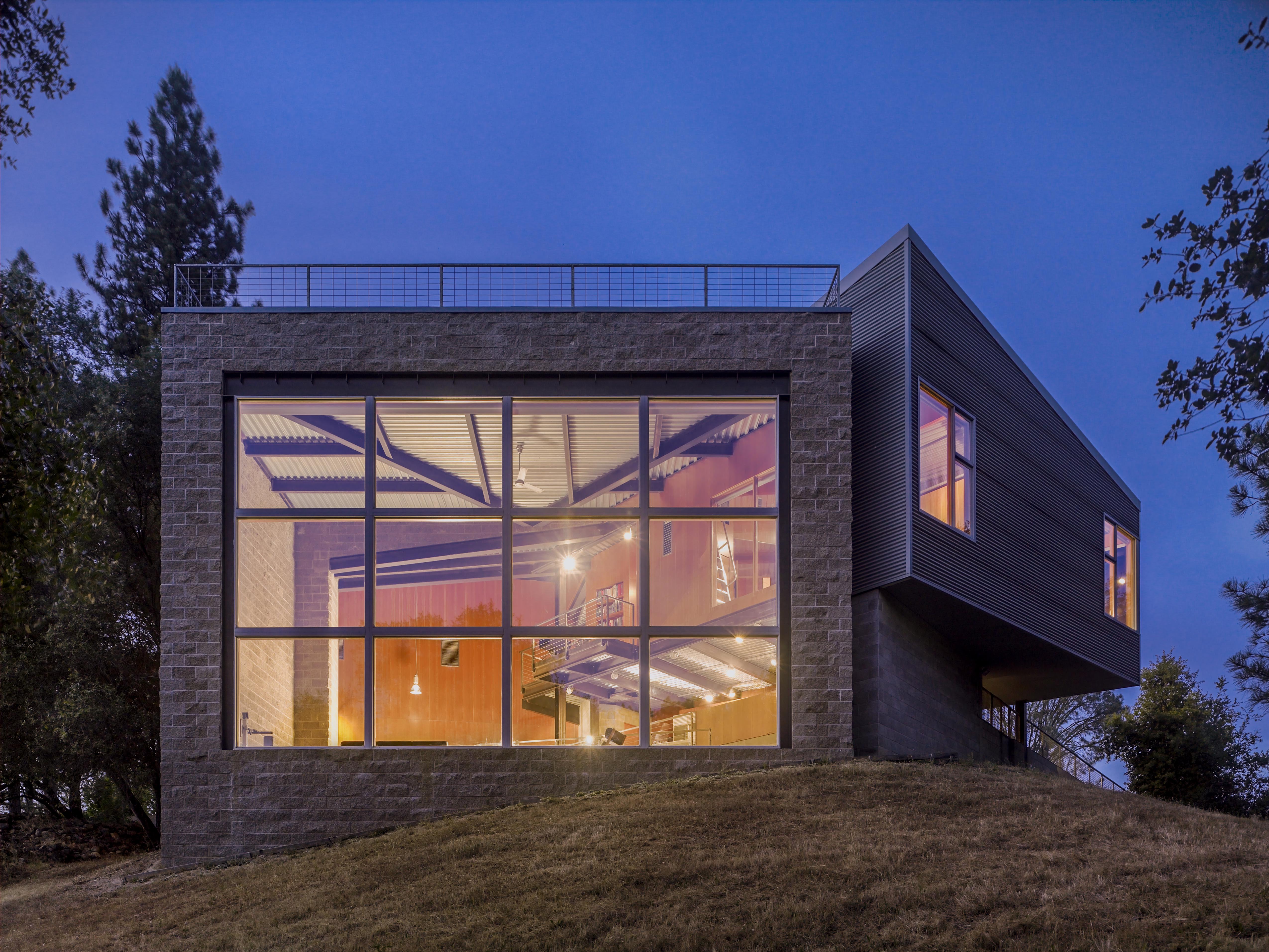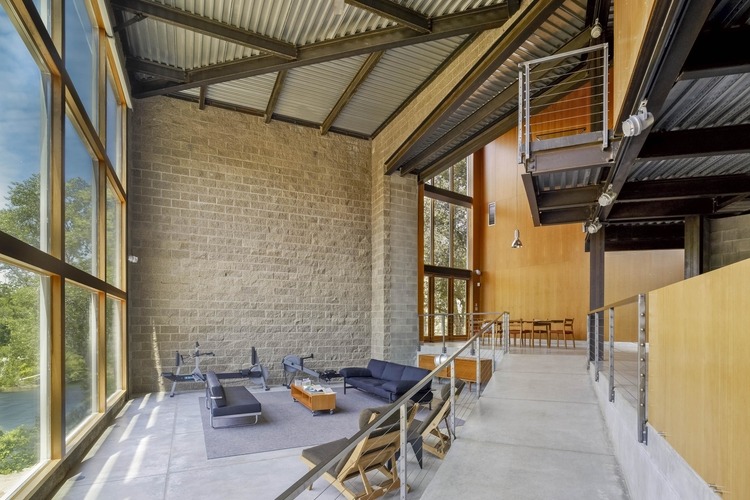Designing Buildings to Bring the Outside In
-
-
MIT Technology Review
Filed Under
Recommended


In the heady days of the 1960s, Maria (Kivisild) Ogrydziak, BArch ’69, spent time at MIT literally breaking down walls—removing concrete to create personal workspaces along with her fellow architecture students. “It was very collaborative and probably broke the rules,” says Ogrydziak. “It was wild—and wonderful.” In another project, she designed her own classroom off the Infinite Corridor, filling it with brightly colored furniture and floor tiles. “I felt strongly that working spaces needed to have life and spirit in them,” she says. Her ideas caught on with her peers, who voted her in as Undergraduate Association president—the first architecture student, first international student, and first woman to hold the post. Though she was one of some 50 women in a class of 1,000—and often the only woman in the classroom—that never held her back. “It was a big part of my MIT experience to break through what I perceived as being the same old, same old,” she says.

Now an architect living in the Central Valley of California, Ogrydziak is still thinking outside the walls, frequently building projects that connect people to the landscape and one another. Born in Stockholm to Estonian parents, she was heavily influenced by her father, a civil engineer who worked on projects around the world. Homeschooled while living in Taiwan for two years, she studied Chinese landscape painting, another influence on her future work. “I often think back to the ideas developed over centuries to construct a carefully ordered landscape through very systematic brushstrokes,” she says. She married David Ogrydziak ’68, PhD ’75, in the MIT Chapel, and the pair went west, where he became a professor of food science and technology at the University of California, Davis. After teaching at MIT, Stanford, and UC Davis and having three children (Luke, Julia ’96, and Michael ’04), she founded her own architecture firm in 1985. To date, more than 400 of her designs have been built in California.
Ogrydziak says she fell in love with the “stunning palette” of the California landscape, which she strives to incorporate into designs for her clients. She created Kayak House (2006) for a doctor who loves kayaking on the American River; the house practically brings the river inside with enormous picture windows looking out on the water and kayaks hanging in the house’s entry hall. Flight House (2015) embraces its surrounding meadow with two connected wings like a bird’s. For Flow House (1997), she devised an undulating “window wall” to take in its sweeping view, creating “the same sensation as looking out on the valley without the building.”
Ogrydziak has continued to bring people together with projects such as the Davis Food Co-op (1998), transforming a nondescript building in a strip mall with angles that leap out of the boxy storefront, and cutting through asphalt in the parking lot to create planters and funky vegetable-based art. “It was exhilarating and exciting to people, even if they didn’t quite know what I was doing at first,” she says. To provide community for homeless people in Davis, she recently designed Paul’s Place, a vertical tiny-home village that will offer both shelter and services. She has also served as president of the local chapter of the American Institute of Architects, founding an architecture festival that includes tours to show off the region’s designs.
“I keep talking about how what we have here is special,” she says. “It’s your understanding of where you are and your response to it that makes it come alive.”

Kayak House, on the banks of the American River in Northern California. Photo courtesy of Maria Ogrydziak Architecture.
This article originally appeared in the September/October 2019 issue of MIT News magazine, published by MIT Technology Review.
Photo (top): the exterior of Kayak House, in Northern California. Photo courtesy of Maria Ogrydziak Architecture.







